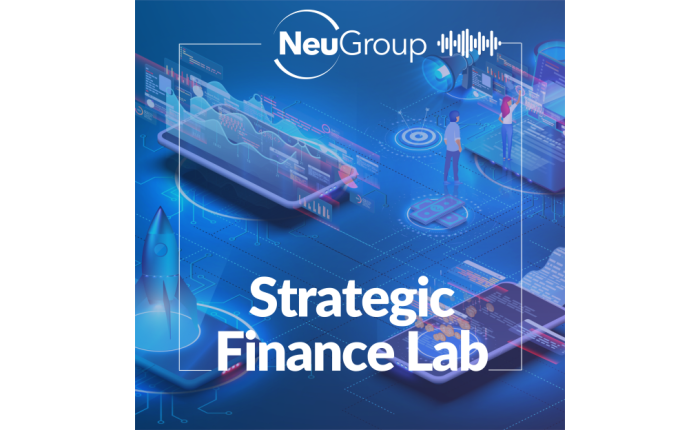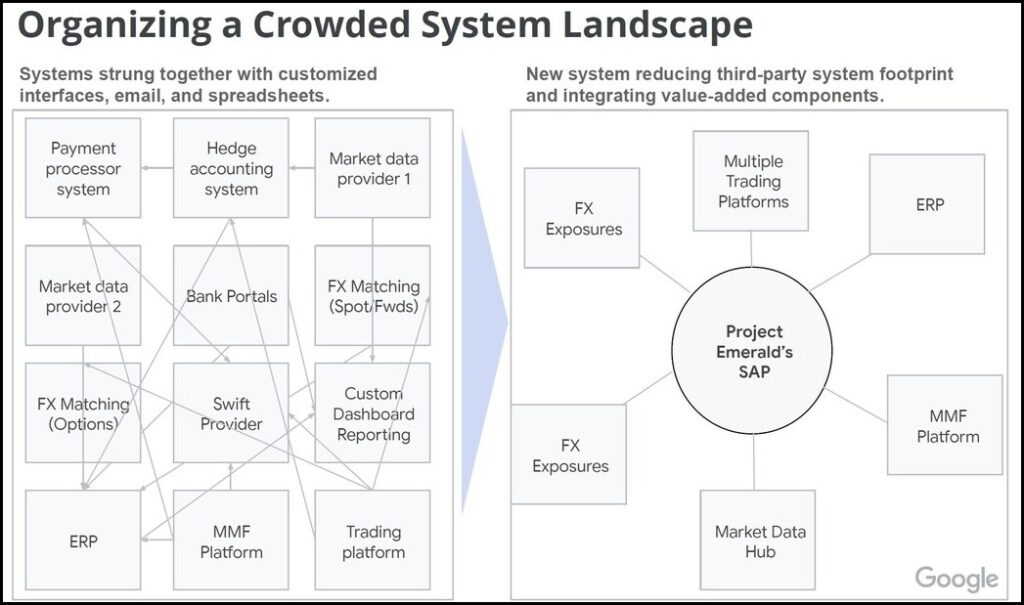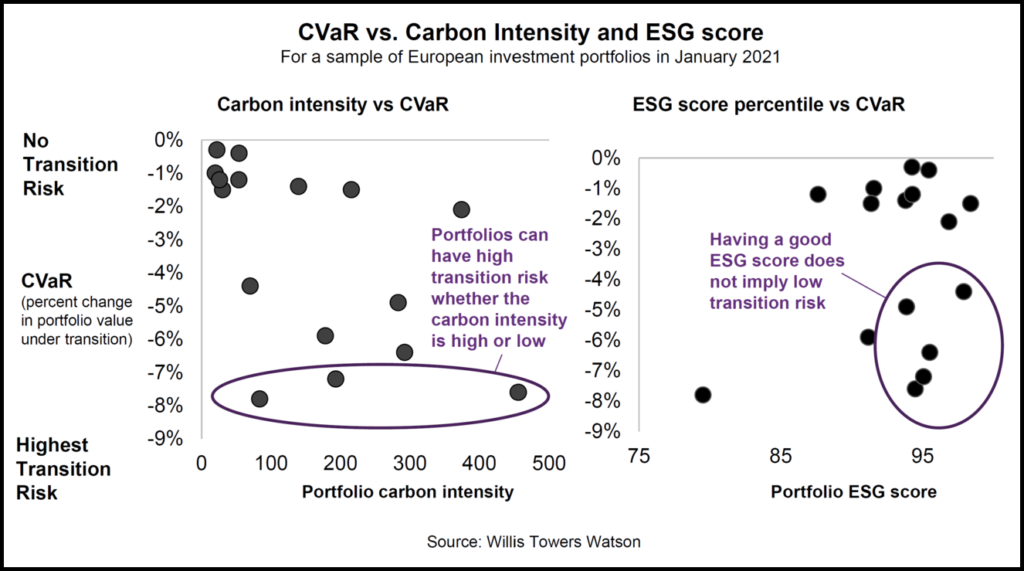Originally published at NeuGroup Insights.
GM’s aims for carbon neutrality by 2040 will rely on treasury’s contributions—from acquisitions to green bonds.
Treasury at General Motors is playing an active role and working closely with the business as the automaker moves away from producing vehicles with internal combustion engines (ICE) and pushes deeper into manufacturing electric vehicles (EVs).
Speaking at the pilot session of NeuGroup for Auto and Transportation, GM assistant treasurer Gustavo Vello described how treasury is helping the automaker achieve its strategic goals.

Joint effort, joint venture. Treasury directed the financing of three new vehicle battery-cell plants by negotiating the terms of a joint venture (JV) with LG Energy Solution (LGES) and securing a $2.5 billion loan for the JV from the US Department of Energy (DoE) under its Advanced Technology Vehicles Manufacturing program—one of the first loans closed since a 2010 deal with Tesla.
- Treasury first partnered with GM’s corporate development and legal teams to negotiate the terms of the JV, called Ultium Cells LLC, including transfer price mechanisms, volume commitments and capital structure.
- The loan due diligence process was extensive as GM and LGES declined to guarantee the loan (mitigating impact on the parent entities’ balance sheets and credit rating metrics), requiring the DoE to underwrite the loan based on the JV’s standalone credit risk. The DoE paid special attention to the JV’s financial projections, which were hard to calculate due to uncertainty about how quickly the market will transition to electric vehicles.
- Mr. Vello said the loan from the DoE allowed Ultium Cells to borrow at “very attractive” rates based on Treasury yields compared to rates the JV could have obtained in the financial markets.
- GM’s analysis of the loan, though, extended beyond interest rates. “We considered everything: financial covenants, approval rights, and all elements that may restrict the company’s ability to effectively manage its business.”
- The process proved far more difficult than a typical loan for GM because the JV was evaluated as a new company in a new industry, whereas GM benefits from being a large investment-grade issuer.
Ensuring access to key raw materials. Globally, demand for battery raw material (BRM) has increased significantly due to projected EV production, resulting in concerns that supply deficits and elevated commodity prices could persist through 2030. That is another challenge treasury is helping address.
- “As you can imagine with all the industry transition to EVs, there’s not enough raw material for everybody,” Mr. Vello said. “What’s happening right now is a race to get that capacity, and prices are really skyrocketing.”
- So GM’s treasury team joined a major internal effort, working with purchasing, corporate development and legal teams to structure deals to obtain required BRM volumes at lower prices. These strategies include purchasing commitments, loans and equity investments to create or expand mining capacity in stable locations—like GM’s $650 million investment in Lithium Americas, announced last month.
- In addition to benefiting suppliers through direct investments and revenue certainty, Mr. Vello said the deals lend credibility to the smaller miners and manufacturers, “so they can raise capital more easily from other investors.”
- Mr. Vello added that, though there is a market to hedge cobalt and lithium hydroxide, it’s “very young,” with low liquidity and high costs. “We expect that to improve over time as demand grows.”
Putting the pieces together. GM’s aggressive plans to eliminate emissions from most vehicles in the US by 2035 also means significant investments in assembly plants are needed. Although the company’s cash generation has been robust, treasury took advantage of favorable pricing by launching the company’s inaugural green bond ($2.25 billion) in August 2022.
- GM first had to launch a sustainable finance framework that allows it to borrow funds to finance projects associated with clean transportation solutions and social initiatives. Treasury led this process, working with two bank advisors and with support from the company’s legal, sustainability and investor relations teams.
- A few days after launching the framework, GM issued the green bond. “It was an excellent opportunity to communicate the GM EV story to fixed income investors and better align our capital structure and funding to our journey to zero emissions,” Mr. Vello said.
Cruising ahead. Another initiative, and one with a longer time horizon, is to realize the company’s plans to move to autonomous vehicles. After helping acquire Cruise Automation—a start-up developing autonomous driving technology—in 2016, treasury supported several capital raises from financial and strategic investors such as Softbank, Honda, Microsoft and Walmart.
- Treasury contributed to those transactions by performing valuations, evaluating comparable companies, conducting cash flow analysis and contributing to capital structure and governance rights negotiations.
- Treasury also worked with GM Financial to offer a $5 billion credit line to Cruise to help fund its fleet of autonomous vehicles—which will be instrumental as Cruise looks to expand its commercial operations in San Francisco, Phoenix and Austin.












